Description
Sodium Nitrate: A Versatile Compound with a Rich History
Sodium nitrate, also known as Chile saltpeter or soda niter, is a chemical compound with the formula NaNO₃. It’s a white, crystalline solid highly soluble in water, making it a versatile substance with a wide range of applications across industries. While it might not be a household name, sodium nitrate plays a significant role in various processes, from food preservation to agriculture and even pyrotechnics.
A Historical Perspective: From Chile’s Desert to Global Markets
The history of sodium nitrate is deeply intertwined with the arid landscapes of the Atacama Desert in Chile. For centuries, this region held vast deposits of caliche ore, rich in sodium nitrate. In the 19th century, Chile capitalized on this natural resource, becoming the world’s primary supplier of sodium nitrate. The “Saltpeter War” (1879-1883) was fought over control of these valuable deposits, highlighting the economic importance of sodium nitrate at the time.
Before the development of synthetic nitrogen fixation methods like the Haber-Bosch process, Chile’s natural sodium nitrate was the primary source of nitrogen for fertilizer production, making it crucial for agricultural development worldwide.
Applications Across Industries:
Sodium nitrate’s versatility stems from its chemical properties, allowing it to be used in a diverse range of applications:
- Agriculture: A Nitrogen Source for Plant Growth: Sodium nitrate is a valuable nitrogen fertilizer, providing essential nutrients for plant growth. While its usage has declined with the advent of more concentrated nitrogen fertilizers like urea and ammonia, it still holds a place in certain agricultural applications, particularly for specific soil types and crops.
- Food Preservation: Protecting and Enhancing Flavor: In food preservation, sodium nitrate acts as a curing agent, particularly for meat products like bacon, ham, and sausages. It inhibits the growth of bacteria like Clostridium botulinum, which causes botulism, a potentially deadly form of food poisoning. It also contributes to the characteristic color and flavor of cured meats.
- Pyrotechnics: Creating Vivid Colors and Effects: Sodium nitrate serves as an oxidizer in pyrotechnics, providing the oxygen needed to fuel combustion and produce vibrant colors. It’s often used in flares, smoke bombs, and other pyrotechnic devices.
- Industrial Applications: Glass Manufacturing and Wastewater Treatment: Sodium nitrate plays a role in the glass manufacturing process, acting as a flux and helping to remove air bubbles. It’s also used in wastewater treatment to control odors and promote the growth of beneficial bacteria in denitrification processes.
- Heat Transfer: Applications in Solar Power and Molten Salt Reactors: Sodium nitrate, often in combination with other nitrate salts, is used as a heat transfer fluid in concentrated solar power (CSP) plants. Its high heat capacity and relatively low melting point make it ideal for storing thermal energy generated by solar collectors. These molten salt mixtures are also being explored for use in molten salt reactors, a promising type of nuclear reactor.
Considerations and Safety:
While sodium nitrate is generally considered safe for its intended uses, there are important considerations:
- Excess Nitrates: Excessive ingestion of nitrates can lead to health problems, particularly in infants. This is why regulations exist regarding the levels of nitrates used in food preservation.
- Environmental Concerns: The runoff of nitrate fertilizers into waterways can contribute to eutrophication, leading to algal blooms and oxygen depletion, harming aquatic ecosystems.
- Oxidizing Properties: As an oxidizer, sodium nitrate should be stored and handled carefully to prevent accidental ignition of flammable materials.
Conclusion:
Sodium nitrate, from its historical significance in Chilean deserts to its modern-day applications across industries, is a testament to the power of chemical compounds to shape our world. While its uses continue to evolve, understanding its properties and applications is crucial for optimizing its benefits while mitigating potential risks. From feeding the world to creating dazzling displays, sodium nitrate remains a versatile and important compound with a rich and enduring legacy.

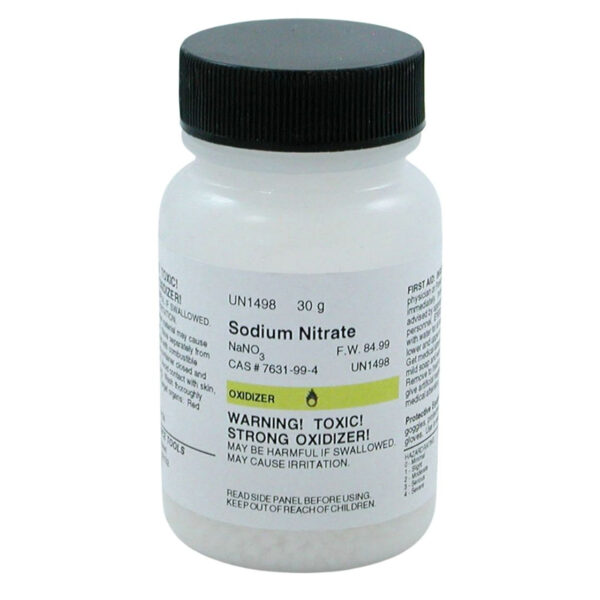

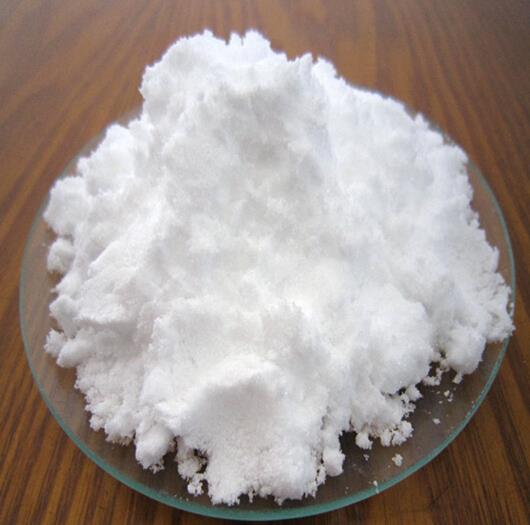
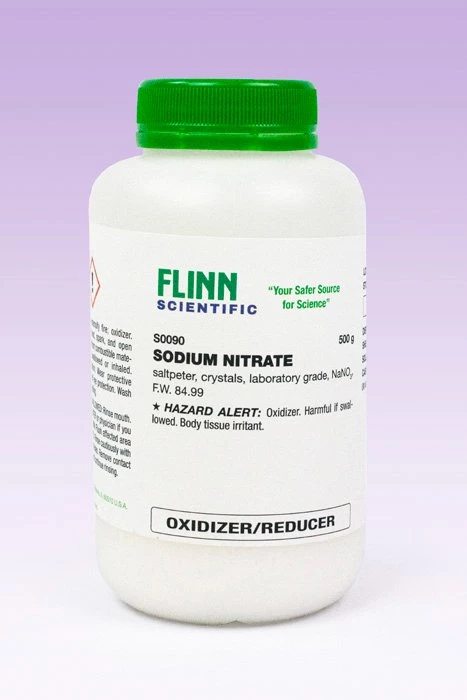
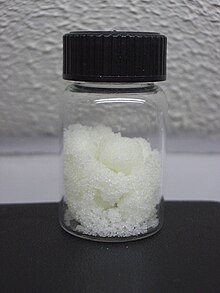
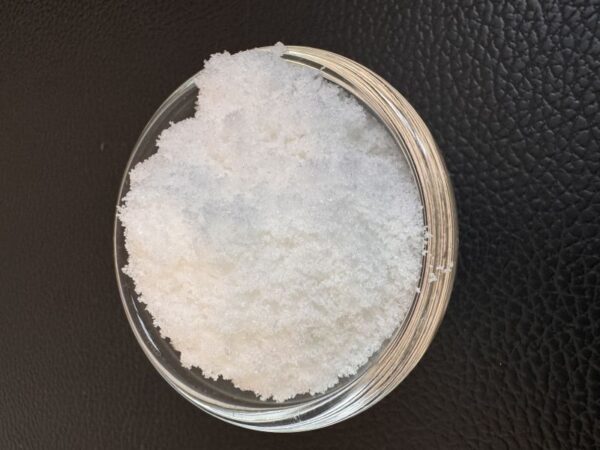

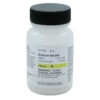










Reviews
There are no reviews yet.